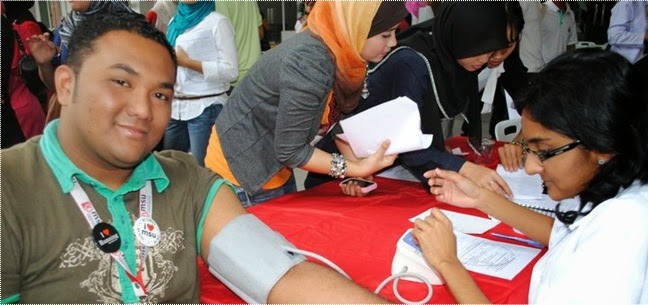
Assalamualaikum & hye...
Medical Science Club is proudly present you the new project under MSC, which will be known as MSC ILLUSTRATION. This project is designed to give you related medical-learning-aid illustration such as desktop wallpapaer, mind maps, and short & simple notes, that may help you in memorising important medical facts.
The illustration will include all subjects under medicine including anatomy, physiology, pharmacology, pathology and others. Also included is all photos from MSC activities.
We are very sure there are many of students who are creative in designing wallpaper and etc. Thus, do not hesitate to contribute any medical related illustration. Sharing is good, right?
MSC ILLUSTRATION can be reached from 'MSC Illustration' tab above or you may go directly by http://msc-illustration.blogspot.com
Photos from MSC launching ceremony on past 8th of September is waiting you.
Thank you from all MSC AJKs.
MEDICAL SCIENCE CLUB,
Management & Science University.
Medical Science Club is proudly present you the new project under MSC, which will be known as MSC ILLUSTRATION. This project is designed to give you related medical-learning-aid illustration such as desktop wallpapaer, mind maps, and short & simple notes, that may help you in memorising important medical facts.
The illustration will include all subjects under medicine including anatomy, physiology, pharmacology, pathology and others. Also included is all photos from MSC activities.
We are very sure there are many of students who are creative in designing wallpaper and etc. Thus, do not hesitate to contribute any medical related illustration. Sharing is good, right?
MSC ILLUSTRATION can be reached from 'MSC Illustration' tab above or you may go directly by http://msc-illustration.blogspot.com
Photos from MSC launching ceremony on past 8th of September is waiting you.
Thank you from all MSC AJKs.
MEDICAL SCIENCE CLUB,
Management & Science University.




